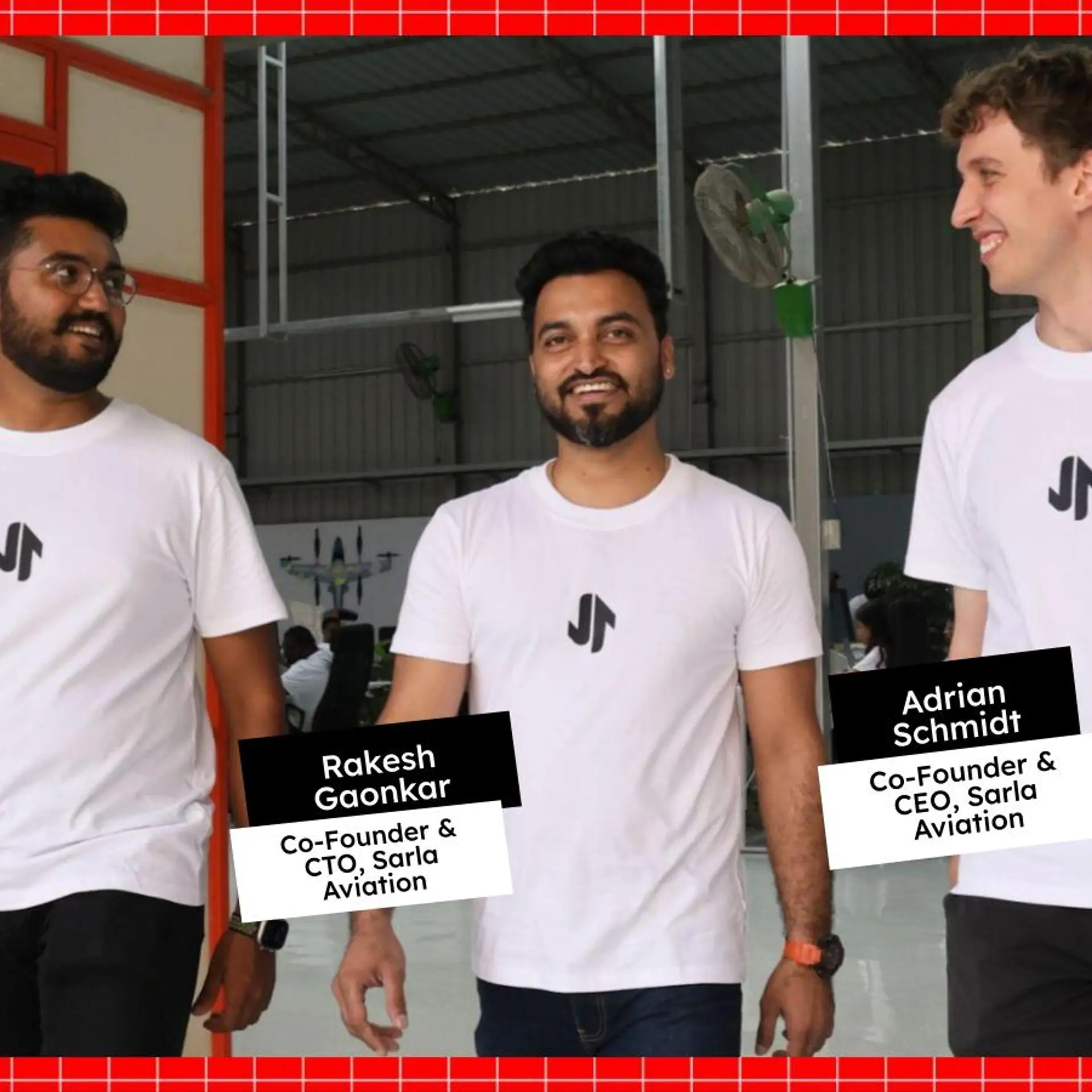AI, brand marketing, and gender-neutral products: Women leaders lead the charge at SheSparks 2023
Alongside fireside chats and panels, SheSparks 2023 put the spotlight on insightful workshops conducted by industry leaders and experts, in association with YS University.
The only constant is change. It forces you out of your comfort zone, leading to progress and evolution.
YourStory’s SheSparks is a call to action, bringing together women who are not bogged down by status quo but are creating the “spark of change”.
At SheSparks 2023, organised at New Delhi’s India Habitat Centre, changemakers and creators came together to make the case that women can no longer be overlooked and underrepresented.
Apart from fireside chats, diverse panels, keynotes, and deeply moving personal stories, the event showcased insightful workshops conducted by leaders and experts, in association with YS University.
These included Amritagandha Dutta, Founder, and CEO, , sharing insights on ‘Navigating the AI revolution to transform the future’; followed by Chaitra Chidanand, Co-founder, , discussing ‘Building a gender-neutral product’; and Megha Agarwal, Head of Brand and Marketing, India, talking about the ‘Importance of branding in marketing’.
How AI is revolutionising the future
Dutta started her masterclass with a focus on how AI could help transform the future.“There are five most important lenses that need to be known to study the holistic development of the AI revolution. These are political, social, economic, technological, and carbon-neutral forces,” she said.
The first one is relevant as decisions taken by political leaders across the globe are directly linked to the impact on the AI industry. Similarly, social and economic reasons are intertwined in the way the impact of inflation and debt cycles on different markets and countries.
The middle-class population in every country will play a part in how quickly the country adopts and innovates with AI. Finally, countries and companies across the world trying to be carbon-neutral are also seeking the help of AI.
The potential of AI is sometimes compared to the invention of electricity and the impact it had on the world, she said.
“Any time any major technological invention has come about, there has been a race to become a dominant country with that technology. We are in the midst of a technological and political war, and it’s important that we take a collaborative approach while considering AI in a cross-cultural world to avoid any military war,” Dutta said.
She added that the middle class in every country determines the speed of technological innovation. The larger the middle class, the more exponential the growth in terms of technological innovation. This makes democratisation of AI vital.
“The more we revolutionise with AI, the more the standard of living across the world increases. Carbon footprints increase as the standard of living increases with AI democratisation. This becomes a challenge to carbon neutrality. Thus, companies working on EV tech and cleantech will be required to reduce carbon footprints across the world as AI democratisation becomes a reality,” Dutta concluded.
Designing a gender-neutral product
Her session was followed by Chidanand, who began by stating that we are born and brought up in a patriarchal world. So, even if we are talking about human-centric design, most often “we end up designing and distributing products for men”.
“The reason is men give binary answers while women are buyers who don’t like to sign up impulsively for products,” she said.
“How come half of the population of the world, almost close to four billion people, is not included when we are considering building products for everyone?” she asked.
Designer women often translates into a design ‘only for women’, and applies to products or categories like fashion, beauty, or reproductive health.
Chidanand looked forward to the vision of creating a financial technology platform that services this ‘ignored half’ and made sure that the distribution, design, and marketing did not forget her.
“Women control and save money, but don’t go beyond their bank accounts, FDs, or buying gold; most think this is a knowledge problem. We have built our brand around women and money, making it easier for them to understand, invest, and reap benefits,” she added.
Chidanand said when you keep a woman in mind during the design process, you’ll automatically create the best product for everyone. “Designing for women doesn’t [relate] to only women, but rather a product also inclusive of men. The only question we asked was, ‘what about women?’ This makes it easier for the product to become more gender-neutral.”
Branding for the long run
The above thought-provoking session was followed by Agarwal, who focused on the importance of branding for B2B and B2C brands.
“What’s the magic secret in marketing?” she asked, adding that to her it translated largely into branding and differentiated brand stories that connected strongly “with the hook of emotions” with customers.
Branding today is affected by short-termism, which promises sales today but does not build brands for the future or create emotional structures that will create customer recall in the long run.
Agarwal focused on the difference between B2B and B2C marketing. “For B2C, it’s always top-funnel marketing, with a strong focus on sales through brand building. In B2B, on the other hand, it’s bottom-funnel marketing, with no focus on brand building, and concentrating on immediate sales.”
She listed the five “most important principles of growth in B2B marketing”. “It starts with investing in the share of voice to acquire more, balancing brand and activation with the constant addition of branding expense which eventually leads to better sales, expanding the customer base for long-term brand building, maximising mental availability by understanding the consumer journey, and, finally, harnessing the power of emotion while engaging with customers through advertising.”
Agarwal described the brand building as a long-term strategy that pays off in years, not months.
“At WeWork India, we revitalised the B2B game to break through the clutter and get noticed. We opted for a 360-degree campaign involving every medium, targeted a diverse range of audiences, drove meaningful engagements with diverse segments, and built awareness with increased consideration for our brand,” she added.
Results weren’t immediate but after six weeks of prolonged campaigning, the video garnered 90 million+ views with 386 million+ impressions and a reach of 46 million+ with a planned 48% increase in website traffic and a 28% increase in search volume.
Agarwal concluded that brands should never stop investing in B2B marketing, if not for now, but at least for results in the long run.








